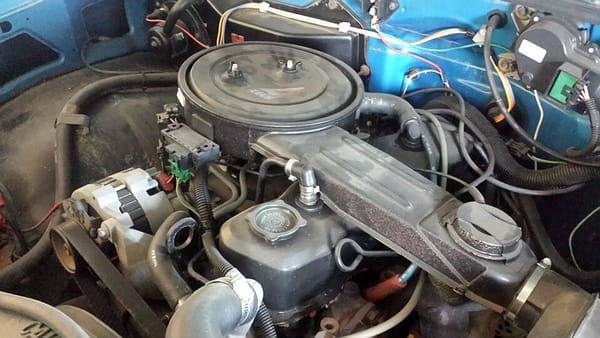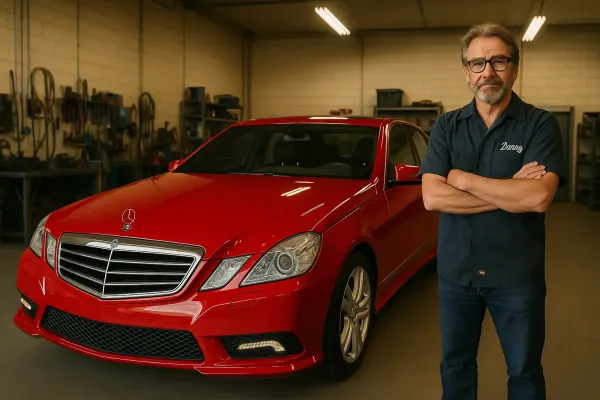The Only Corvette You Should Buy in 2025 (and Why Every Other One is a Trap)
Author Bio: Danny is a co-owner of Driveway Dreams, an ASE Certified Master Technician with over 26 years of experience, and previous freelance writer for Car Engineer. For more than 17 years, he's owned and operated his own independent repair shop in Livonia, Michigan. Subscribe and follow, Danny!

Alright, listen up.
You want a Corvette. The American dream on four wheels. Red paint. T-tops. Rumbling V8. Every guy’s midlife fantasy.
But here's the ugly truth:
Most Corvettes? Straight-up traps.
These ain’t just hiccups. These are lifestyle choices.
And right now, in 2025? Only ONE generation makes sense.
Because most of these Vettes? They're just fiberglass heartbreak with a title and a prayer.
Let’s get greasy.
C1 Corvette (1953–1962): Nostalgia That’ll Bankrupt You
Yeah, it's the OG. Chrome for days. Park it in front of a diner and old-timers will cry.
But drive it? You’ll cry too.
These things handle like a rowboat.
Brakes fade if you look at a hill. Suspension floats like a mattress in a flood. The early engines? Gutless lawnmowers with chrome air cleaners.
The inline-six “Blue Flame” was basically a boat anchor with spark plugs.
Later V8s? Slightly better, but still ancient tech. Heat soak, vapor lock, and valve float all for the price of a beach house.
Don’t get me started on parts. You’ll need a treasure map, a small fortune, and a solid relationship with your nearest vintage Corvette hoarder.

The C1 Evidence:
- Pros: Looks to kill. History. Top-down cruising fantasy.
- Cons: Drives like a hay wagon. Rust-prone frame. Parts cost more than surgery. Repairs need wizards, not mechanics.
- Price Range: $75,000–$150,000+
- Common Repairs: Frame rust, engine leaks, brake overhauls, chasing unicorn trim pieces, overheating fixes
- Yearly Upkeep: $1,500–$3,000+ (if nothing major snaps)
Shop Story:
Guy brings in a mint-looking '62. Said he wanted a second look and a “safety check.” Famous last words.
Frame was Swiss cheese. Body held up by prayer. Brakes? Useless. Engine was weeping oil from every gasket known to man.
Quoted him $30k just to make it drivable. He went pale. Now it's a garage statue. Looks fast. Moves never.
Verdict: Looks great parked. Terrible to live with. Unless you’ve got Jay Leno’s wallet and Jay Leno’s patience? Run.
Think that was bad?
Wait until you see how Corvette tried to go aggressive—and ended up with a fiberglass fashion show instead.
C3 Corvette (1968–1982): All Flash, No Fury
Coke-bottle curves. T-tops. Pure muscle car swagger—on paper.
In reality? Most of these are emissions-choked turds. Post-1974 especially. The Malaise Era V8s were so neutered, I’ve seen rental Camrys pull harder.
You’ll be lucky to beat a modern minivan off the line. And the build quality? Whoo boy.
Plastic interiors that disintegrate in sunlight. Vacuum-powered everything—none of it works. Headlights, wipers, HVAC.
The only thing vacuum-powered that works right is the panic you feel when nothing pops up at night.
Panel gaps big enough to lose a wrench in. Or your hope.
The C3 Evidence:
- Pros: Sexy shape (early years). Cheap entry (later years). T-top freedom.
- Cons: Gutless engines. Rusty frames. Vacuum nightmare. Build quality of a lawn chair.
- Price Range: $15,000–$60,000+
- Common Repairs: Vacuum leaks, trailing arms, dash cracks, headlight demons, interior plastics, body mount sag
- Yearly Upkeep: $1,000–$2,500
Shop Story:
'79 Vette comes in. Headlights stuck down. Classic.
Three days of vacuum whack-a-mole. Fixed 'em. Customer was thrilled—until they failed again a day later. Tried to fix it himself. Broke the actuator. Again. I replaced it. He cried. Then sold the car.

Verdict: Gorgeous. But gutless, fragile, and frustrating. Looks better in photos than behind the wheel.
Now let’s step into the digital age—where things got even glitchier.
C4 Corvette (1984–1996): Digital Dashes and Dead Dreams

Looked futuristic in '84. Now? Retro cool. Kinda. Sorta.
But early cars were Cross-Fire Injection nightmares. Two throttle bodies that hated each other. Later ones? Better... until OptiSpark.
That distributor lives under the water pump. So when the pump leaks—and it always does—it fries the ignition.
Hope you’ve got a trailer.
The ride? Stiff enough to jolt fillings loose.
The interior? Built from recycled milk jugs.
Digital dash? Cool for five minutes until it flickers like a haunted arcade machine.
The C4 Evidence:
- Pros: Cheap speed. Decent handling (later years). Clamshell hood access is awesome.
- Cons: OptiSpark fails. Harsh ride. Cheap interior. Cross-Fire junk. Digital dash drama.
- Price Range: $10,000–$25,000 (ZR-1s way more)
- Common Repairs: OptiSpark, digital dash, fuel pump, weather seals, ABS issues
- Yearly Upkeep: $800–$2,000
Shop Story:
Kid buys a clean '94 LT1. One month in, misfires like crazy. OptiSpark cooked from a coolant leak. $1,200 later, still wary of puddles.
I told him—buy a spare and keep it in the trunk. He laughed. Until it happened again.
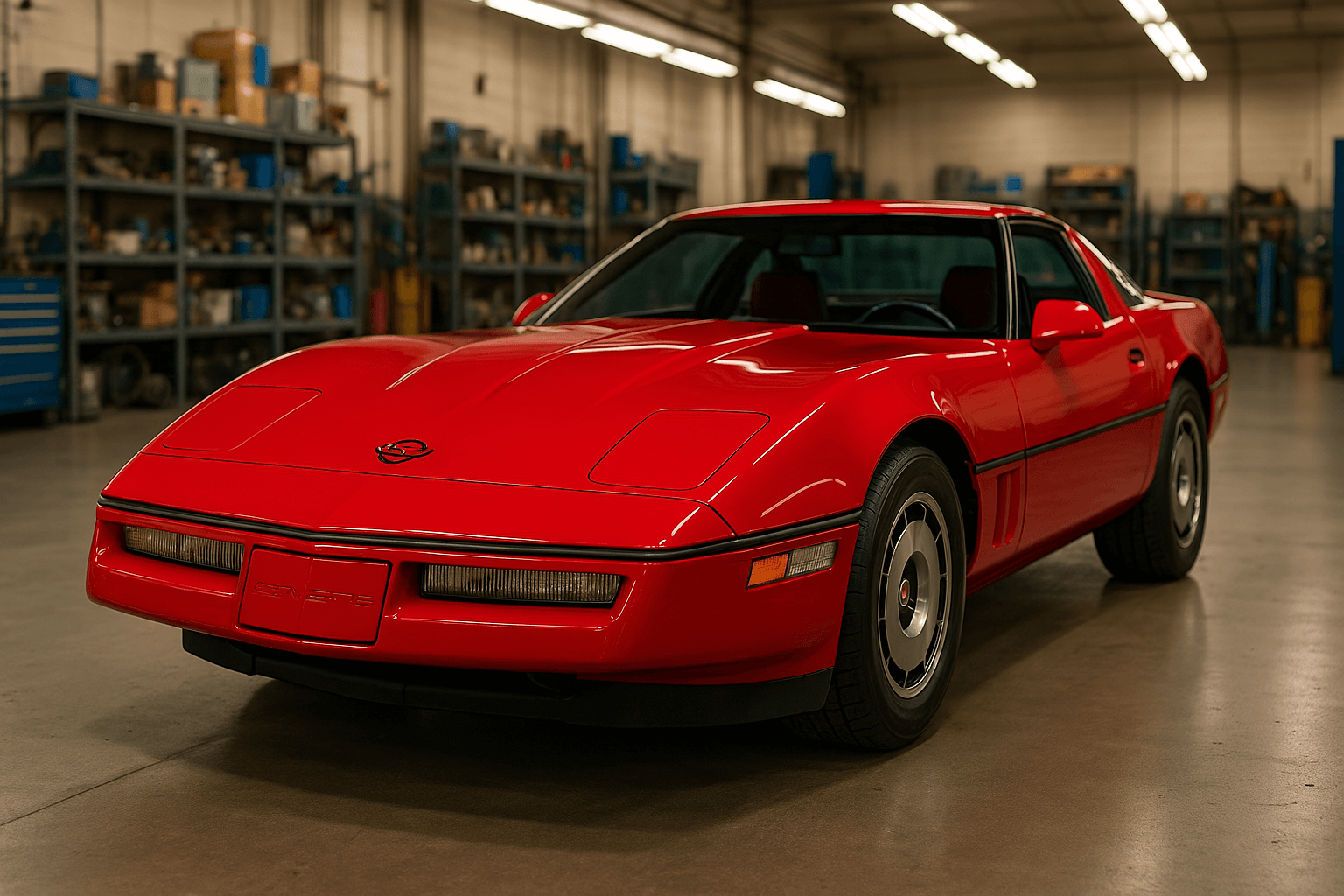
Verdict: Great value—until it eats its ignition. Don’t fall for the low price tag trap.
You think computers were a pain? Wait ‘til we go back in time to the collector Vette that’ll eat your retirement.
C2 Corvette (1963–1967): Art Piece, Not a Driver

Sting Ray beauty. Split-window legend. Muscle-era icon.
And now? Collector-bait. Museum piece. Something you polish and don’t dare drive.
Driving one is like piloting a time machine—noisy, vague, and expensive. Every turn, bump, and mile is a risk to your wallet.
Rust hides in the “birdcage” frame. Parts are gold-plated. Every bolt you touch costs you a Benjamin.

The C2 Evidence:
- Pros: Rolling art. Holds value. Big-block power. Collector cred.
- Cons: Rust traps. Ancient tech. Huge price tags. Restoration rabbit holes.
- Price Range: $80,000–$300,000+
- Common Repairs: Frame rust, trailing arms, suspension work, matching-numbers drama
- Yearly Upkeep: $2,000–$5,000+
Shop Story:
Buddy drops off a numbers-matching '65. Says it feels “floaty.” Understatement.
Trailing arms toast. Frame patched with chewing gum and dreams. He wanted all period-correct parts. Turned a $2k fix into $6k. And that was just the rear end.
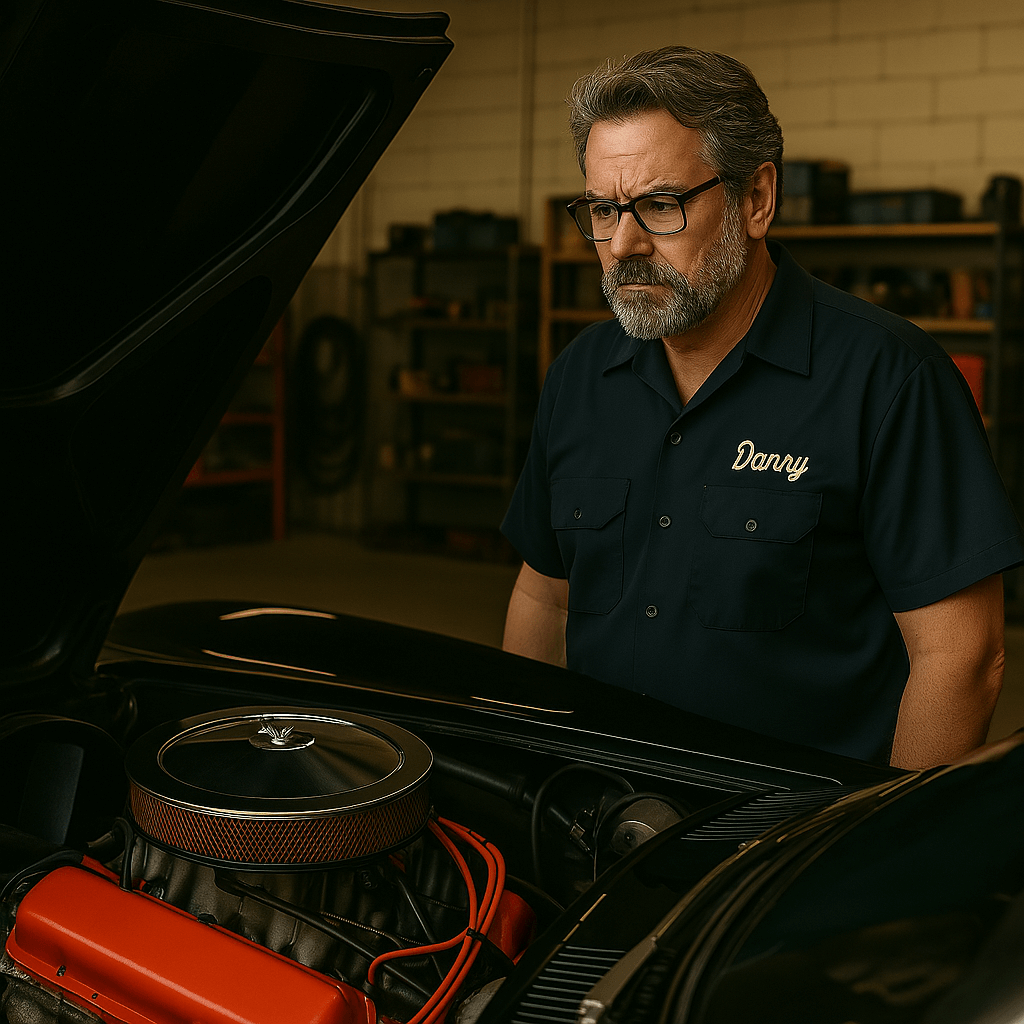
Verdict: Gorgeous. But fragile. This is garage jewelry, not a driver’s car.
Tired of old-school headaches? Get ready—Corvette goes full exotic... and you get to pay for it.
C8 Corvette (2020–Present): Supercar Hype. Early Adopter Hell.
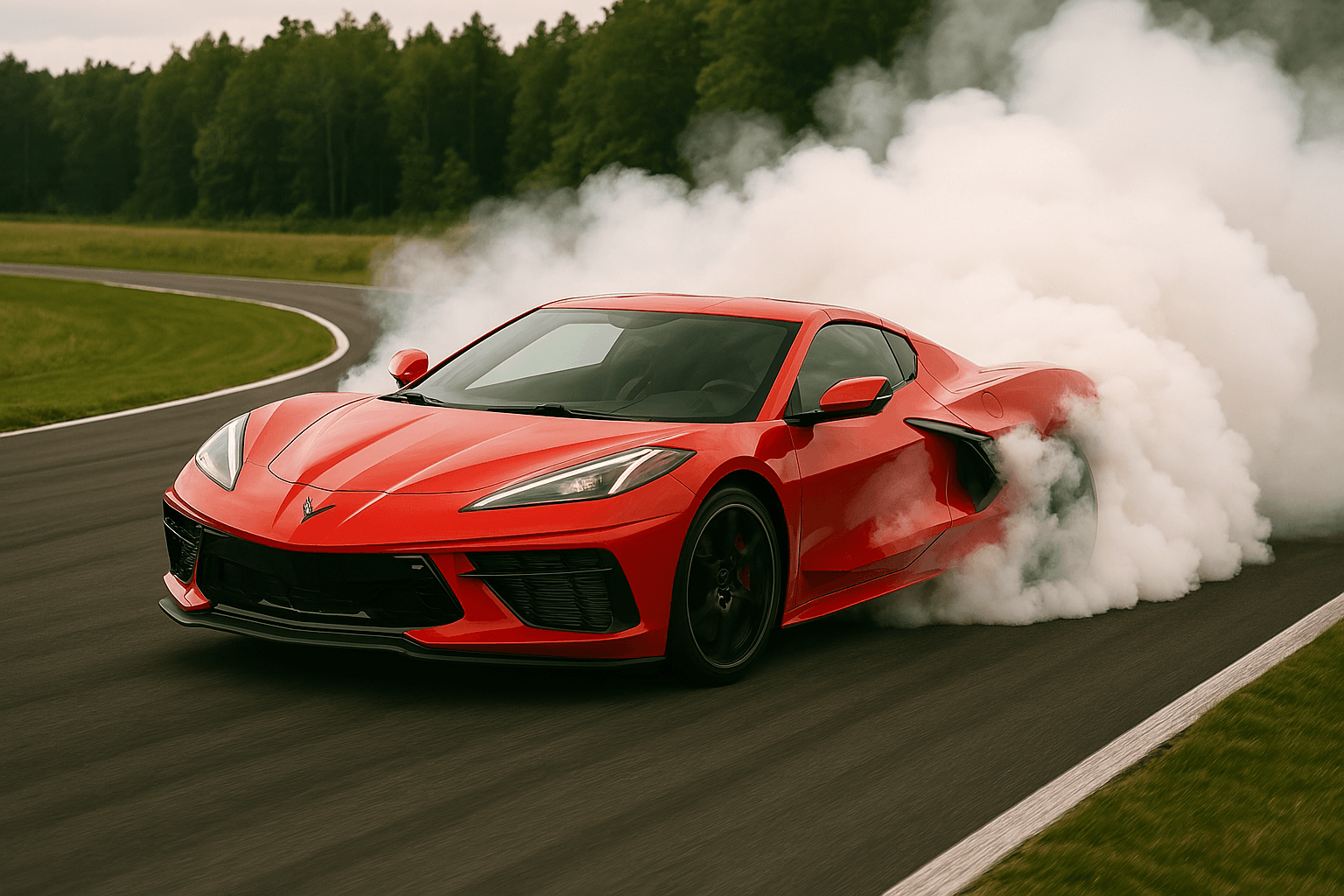
Mid-engine revolution. Ferrari vibes. Blistering performance. Instagram likes for days.
But prices are inflated. Dealers still adding markups like it's 2021. Used ones? Just as pricey. Hype tax in full effect.
Then there’s the bugs. Early cars had DCT failures, electrical gremlins, and panel gaps wide enough to whistle at freeway speeds.
Yeah, they’re fast. But they also feel sterile. Like driving a simulator with a warranty.
The C8 Evidence:
- Pros: Insane performance. Exotic looks. High-quality cabin. Tremendous capability.
- Cons: Pricey. Early build issues. Lacks that old-school Vette feel.
- Price Range: $80,000–$130,000+
- Common Repairs: Transmission issues. Electrical gremlins. Infotainment bugs. Panel alignment.
- Yearly Upkeep: $1,000–$2,000 (under warranty)
Shop Story:
Customer with a 2020. Started shifting weird. Dealer said “trans needs replacement.” Six weeks in the shop. No loaner. $90k car parked.
He almost traded it for a Supra. True story.
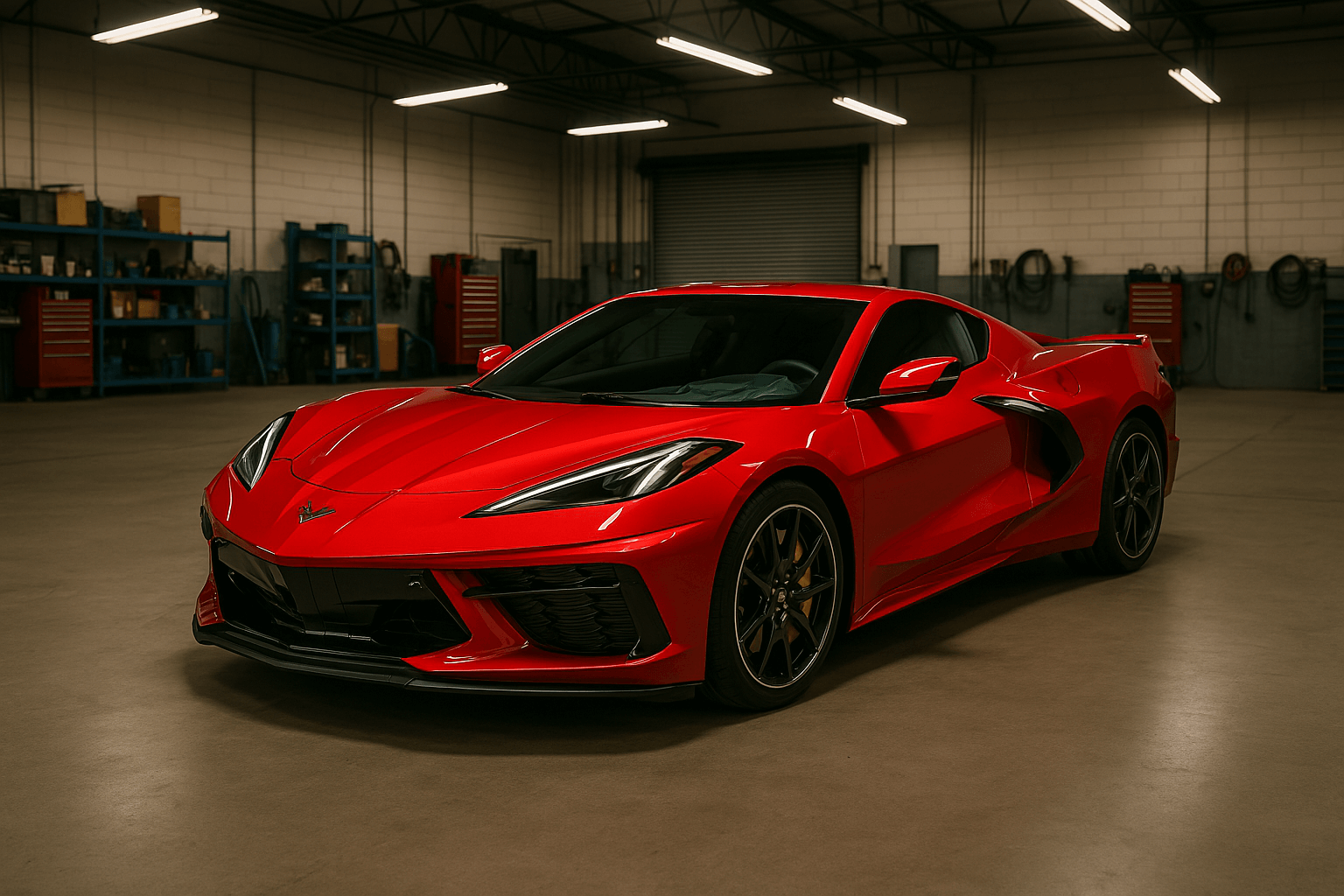
Verdict: Amazing machine. But let someone else be the guinea pig. Wait out the bugs and the markups.
Want the speed without the markup? Let’s talk about the Vette that gave us modern muscle without breaking the bank... mostly.
Know Exactly When To Buy Your C7 Corvette
I track Corvette listings across the country daily. Join my free price alert list and I'll tell you when C7 prices hit the sweet spot—plus which specific VIN patterns to avoid based on my shop experience.
Join 12,000+ enthusiasts getting my insider price alerts
C5 Corvette (1997–2004): Almost the One—Almost
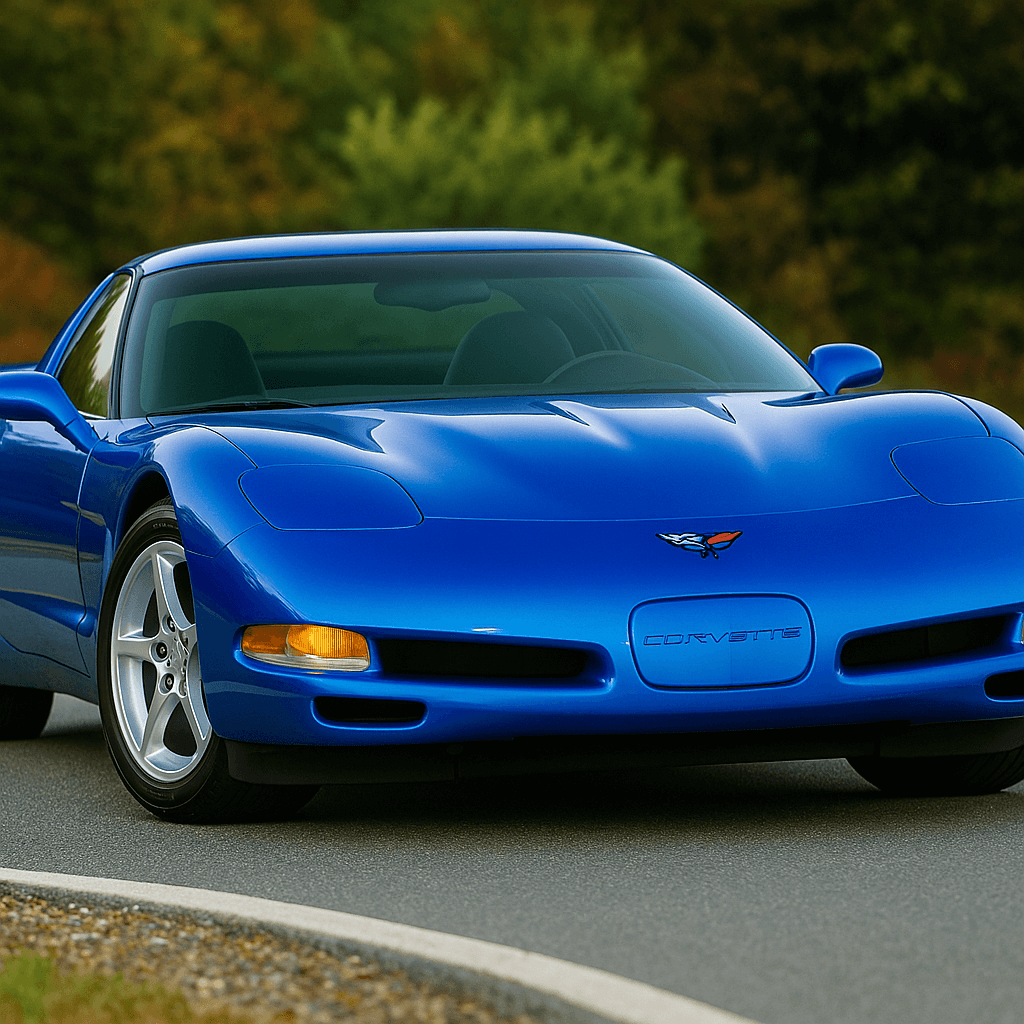
LS1 V8. Great chassis. Dirt-cheap speed. First modern-feeling Corvette.
Pop-up headlights. Big hatch. Surprisingly comfy. Handles corners like it means it.
But the EBCM? That’s the ticking time bomb.
It controls your ABS and traction. And when it fails—and it does—you're stuck finding rare modules or deleting your safety systems entirely.
The C5 Evidence:
- Pros: LS1 power. Reliable drivetrain. Great value. Easily modded.
- Cons: Cheap interior. EBCM failures. Pop-up headlight quirks.
- Price Range: $15,000–$30,000
- Common Repairs: EBCM, steering lock, diff leaks, headlight motors
- Yearly Upkeep: $700–$1,500 (excluding big hits)
Shop Story:
Kid buys a mint 2000. Wants a once-over. I scan it—EBCM fault. ABS and traction? Toast. Replacements? Scarce and pricey.
He drove it a year without them. Then sold it. Still hurt by that dashboard light.
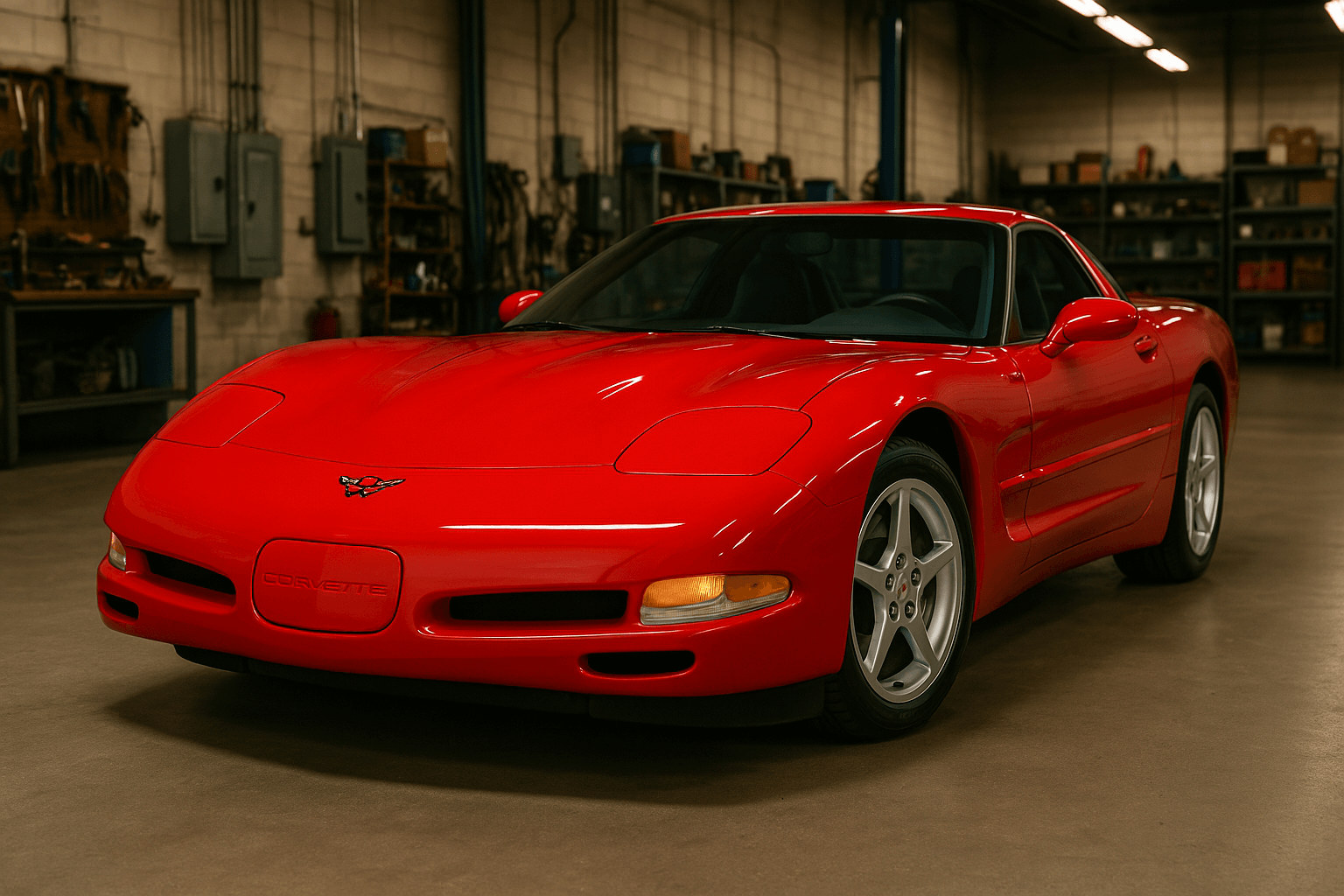
Verdict: Bargain performance. But that EBCM? It’ll keep you up at night.
Still think you’ve found the perfect cheap thrill? Not until you meet the balancer-wobbling beast with track-day dreams.
C6 Corvette (2005–2013): Close, But Not King
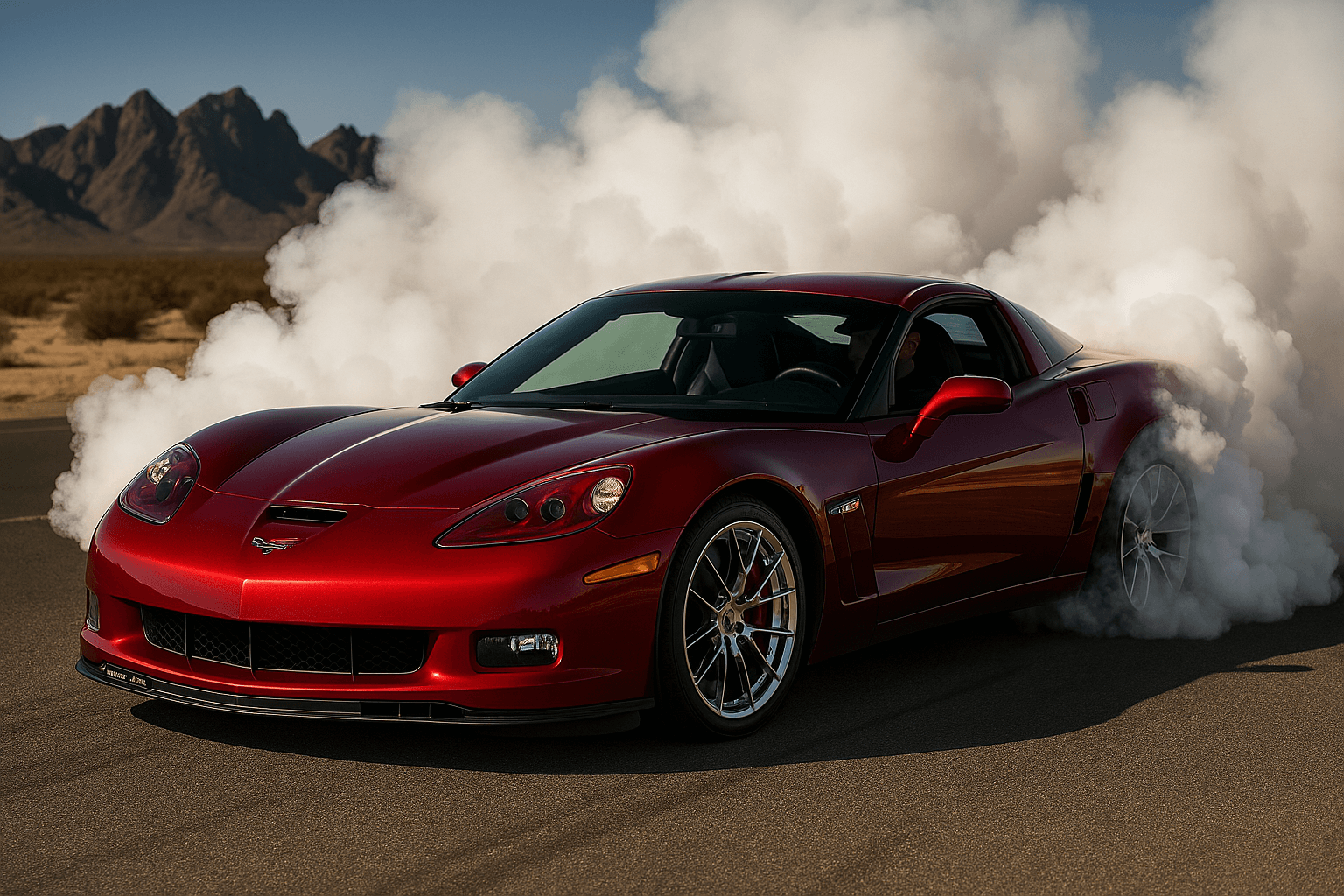
LS2. LS3. LS7. LS9. Nothing but greatness under the hood.
Fixed headlights. Sharper looks. Better interior. Still basic, but a step forward.
Z06 is a monster. So’s the ZR1. Track ready. Street savage. But...
The harmonic balancer? Known issue. And early LS7s had valve guide problems. Drop a valve, and it’s game over.
The C6 Evidence:
- Pros: Killer powertrains. Sharp looks. Strong resale. Race car DNA.
- Cons: Harmonic balancer wobble. Valve guide roulette (Z06). Early fuel pump issues.
- Price Range: $25,000–$60,000+
- Common Repairs: Balancer, fuel module, Z06 head fix, electronic bugs
- Yearly Upkeep: $800–$1,800
Shop Story:
'08 C6. Owner hears belt squeal. Balancer is wobbling like a washing machine.
Caught it just in time. Could’ve taken out the crank. Saved it. Barely.
Verdict: Almost perfect. But some hidden costs can break the bank.
Now we’re here—the Corvette that actually gets it all right.
C7 Corvette (2014–2019): The Goldilocks Vette
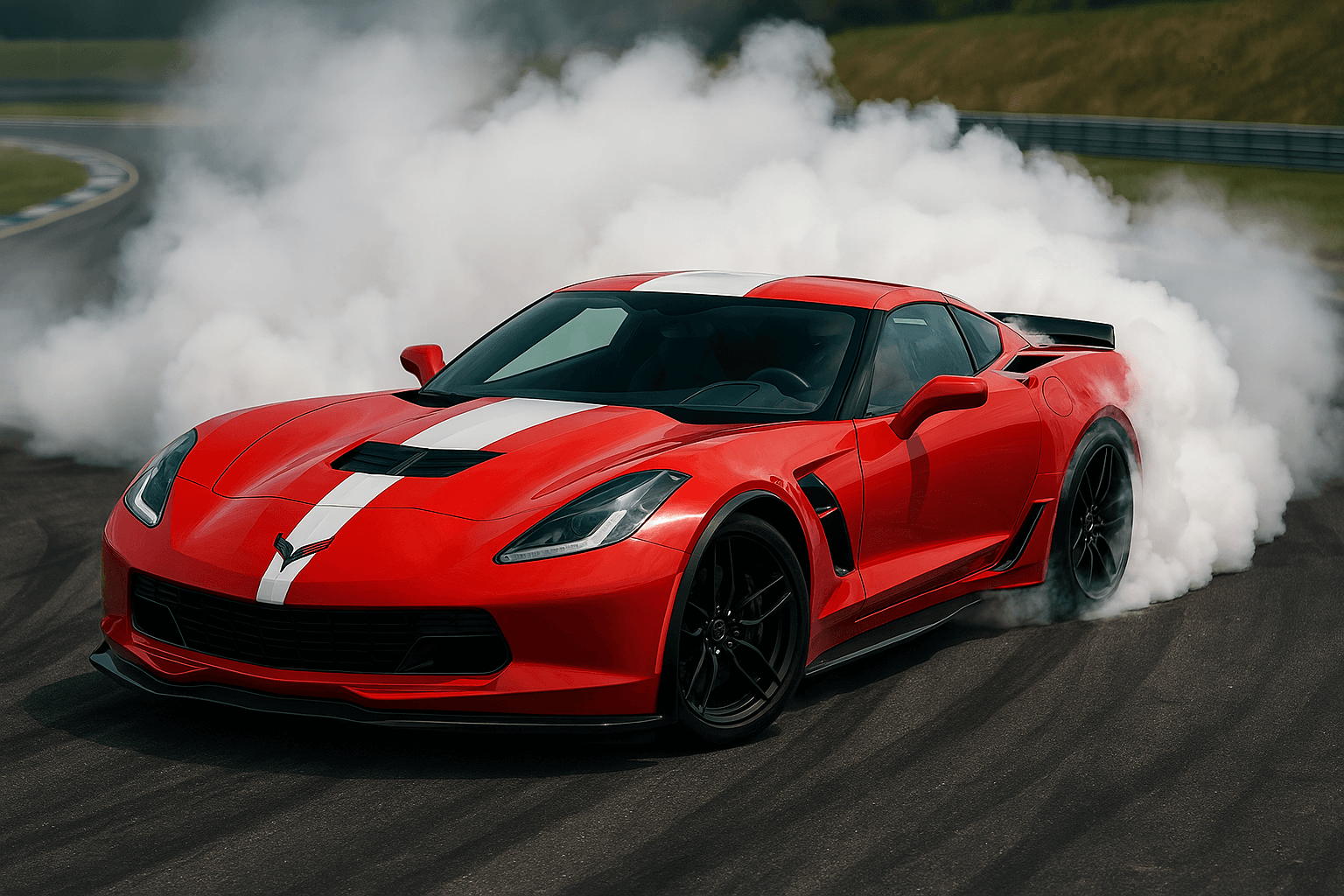
Here it is. The one Vette that nails it all.
Modern speed. Old-school soul. Daily-drivable. Track-capable. Built right.
The LT1 V8? Near flawless. 460 horsepower of direct-injected thunder. Sounds like muscle, runs like clockwork.
Interior? Finally respectable. Good seats. Great infotainment. Rev-matching manual is straight-up addicting.
Z51. Grand Sport. Base Stingray. Doesn’t matter. They all rock. And they all cost less than they should.
The C7 Evidence:
- Pros: Fast. Reliable. Sharp interior. Strong value. Advanced features.
- Cons: Early infotainment bugs. 8-speed auto can be jerky at times.
- Price Range: $40,000–$65,000
- Common Repairs: Software updates. Sensors. Fluid flushes. Occasional sensor weirdness.
- Yearly Upkeep: $900–$1,900
Shop Story:
Customer brings in a 2016 Grand Sport. Wanted a checkup before a weekend track event. Everything checked out perfect.
Told him, "These things just work."
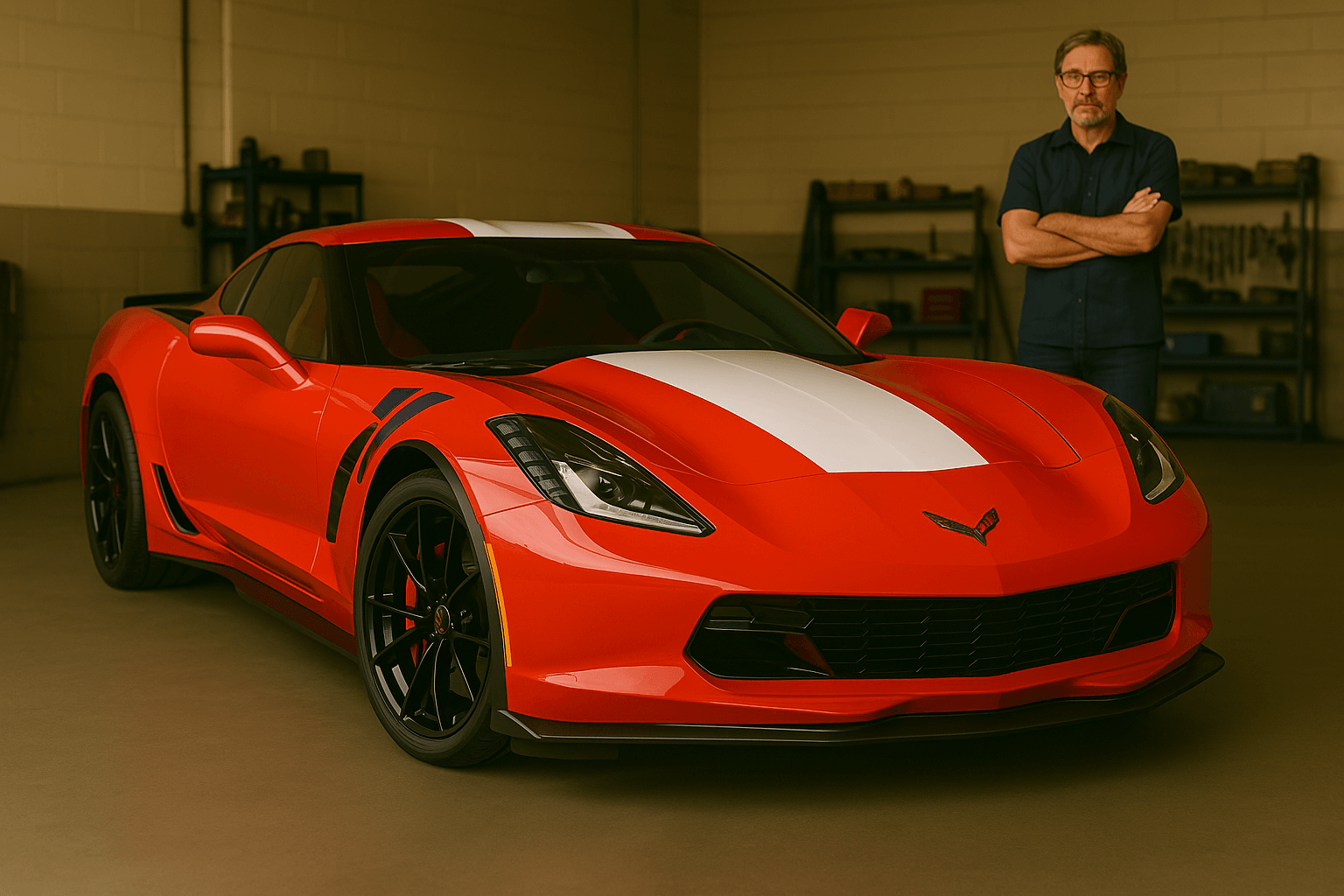
Verdict: Fast. Reliable. Stylish. Affordable (for now). This is the one.
Final Word: Don’t Get Burned. Buy the C7.
The C1? Nostalgia trap. C2? Collector headache. C3? Rattle bucket. C4? Tech grenade. C5? Nearly there, but that EBCM... C6? Strong, but riskier. C8? Brilliant, but too new.
The C7? Just right.
In 2025, it’s the smartest Corvette you can buy. Modern tech. Reliable engine. Affordable entry. Looks that kill.
Buy one. Drive it. Love it. Repeat.
C7 is the truth.
Case closed.
Know Exactly When To Buy Your C7 Corvette
I track Corvette listings across the country daily. Join my free price alert list and I'll tell you when C7 prices hit the sweet spot—plus which specific VIN patterns to avoid based on my shop experience.
Join 12,000+ enthusiasts getting my insider price alerts
Wait! Don't Miss Today's Corvette Deals
Get price alerts on every generation before they hit the market
Join 12,000+ Corvette enthusiasts getting insider market alerts
Thanks! Your Corvette price alerts are on the way.


